Biostar TZ77XE4 Review: Dichotomy by Default
by Ian Cutress on July 21, 2012 5:00 AM EST- Posted in
- Motherboards
- Biostar
- Z77
A good way to start testing a new Z77 board is to strap in my review kit of memory and apply the XMP profile. The kit I use for Z77 is a G.Skill DDR3-2400 9-11-11 16GB kit, one of the first 4x4GB DDR3-2400 kits originally designed for the X79 platform. It seems that this kit had a short life as the chips used were quickly modified and branded in other products – I get this impression as there seem to be only a couple of motherboard manufacturers that can get them to work properly at purely XMP.
For all other manufacturers, I often have to adjust the memory voltage to beyond 1.65 volts (typically 1.72 volts) and the VTT voltage to 1.3 volts, 200 mV above normal. This so far has worked in all testing, albeit even with a hint of instability. However, if a motherboard does make this kit work first time, more often than not, the motherboard performs well during testing and the product shows an extra level of finesse across the package.
So when the Biostar TZ77XE4 landed on my desk, it first failed to run XMP, and then failed with the modified voltage settings. I was a little downhearted. The Biostar TZ77XE4 is rated only to “DDR3-2400+”, in comparison to most Z77 motherboards that are rated to 2666 or 2800. I have seen reviews of the board where the DDR3-2400 on a more recent kit work successfully. DDR3-2400 with 9-11-11 timings is actually very aggressive for old memory chips, and in the end, the motherboard and I came to a compromise with DDR3-2000 11-11-11 timings on the adjusted voltages, as anything faster than that caused severe memory instability.
I double-checked the XMP issue with another kit I have from Patriot, a DDR3-2133 9-11-9 kit. Unfortunately, that did not work either. I approached Biostar regarding this issue, to which I achieved a very swift response:
"The issue you see does exist and we fixed that by hardware modify which was released right after the first production [that were sent to initial reviewers rather than users]; that means you received the older version and most of the boards out there are the new ones."
For the review it means that during our testing, we had to run most of the tests at DDR3-2000. This should give this motherboard a handicap, and it is true in our 3DPM test. But the board did manage to score some top places, resulting in a very distinct dichotomous nature in how to interpret the results.
Biostar TZ77XE4 BIOS
This is only our second Biostar board reviewed in 18 months here at AnandTech, so interpreting the BIOS is top of our list of understanding the motherboard. Unfortunately, a few default settings could be considered irregular if you have ever played with other Z77 boards.
First of all is the SATA settings - it is common place on Z77 to have these set at AHCI as standard, in order to take advantage of such a setting especially in the landscape of SSDs we now live in. Unfortunately, Biostar still resort to enabling IDE by default on the TZ77XE4, which may attribute to some less-than-spectacular SATA port results in other motherboard reviews. For our testing, we have enabled AHCI, and Biostar are now aware of this issue.
For overclocking, I typically input values using the keypad. This works most of the time, because NumLock is enabled by default on every motherboard I have reviewed. Unfortunately, it was not enabled on the TZ77XE4 - talking to Biostar, this should be enabled in future BIOS releases.
BIOS updating is becoming a prerequisite feature on motherboards, especially if users can do it outside of the operating system. If updating is OS only, a user needs to install the OS first, and then update the BIOS that in itself could cause issues. Most (~80%) motherboard manufacturers include a tool in the BIOS to do this, and some even go further to provide the facility without a CPU, memory or VGA card installed. In order to activate it on the TZ77XE4, users must press F12 at boot-time, but the POST screen will not tell you this, and there is no option in the BIOS. I found it accidentally when looking from the 'select a boot device' option on POST.
As for the BIOS, it is visually very welcoming:
The front screen has some of the details I like to see - motherboard name, BIOS version, memory amount and memory speed; unfortunately, we do not have other important information, such as current CPU installed, speed of the CPU, CPU temperature, voltages and fan speeds. I prefer having all this information to hand the minute I get into the BIOS in case something is amiss, or if diagnosing issues.
In order to enable AHCI mode, users should navigate to Advanced -> SATA Configuration, where the following screen will be presented:
By default, the SATA Mode selection and ASMedia controller are in IDE mode - switch this to AHCI mode for improved performance of most SATA hard drives.
Fan controls on the Biostar TZ77XE4 are both in the BIOS and in the operating system software and both are built on the same principle:
Users in the BIOS can select whether to give the CPU fan header one of the predefined settings, or let the BIOS 'calibrate' the fan. This means slowing it down and spinning it up, then suggesting appropriate values for the Biostar options. Note other motherboard manufacturers directly deal with CPU temperatures and correlate the fan speeds so that users do not have to learn arbitrary scales. No such luck here I am afraid.
All the overclocking, memory and voltage options are under the O.N.E menu. In this menu, the first option allows us to select which screen we would like to see first when entering the BIOS. Not many other motherboards have this feature - it would be interesting to see it on some of the top tier products in the future.
Overclocking options allow users to define CPU ratios depending on load, or have a fixed CPU ratio throughout. Memory selection is somewhat frustrating on the TZ77XE4 - on many other motherboards on the market users can configure certain memory settings and leave the rest on automatic. On this product, if a user wants to change any sub-timing, they must know all the equivalent subtimings as well.
Some elements of this BIOS feel like they are ripped straight out of the Sandy Bridge models. Take voltage selection for example - should a user select 'CPU VCore Fixed' in order to manually adjust the voltage, the first value it gives is 1.250 volts - a voltage that is too high for most Ivy Bridge usage scenarios. At this voltage, and around 4.7 GHz, users will see temperatures nudging 100ºC easily. Simple things like this should be caught before release, or adjusted depending on CPU detected.


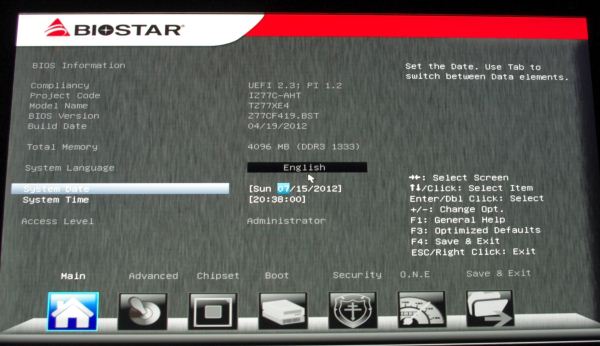
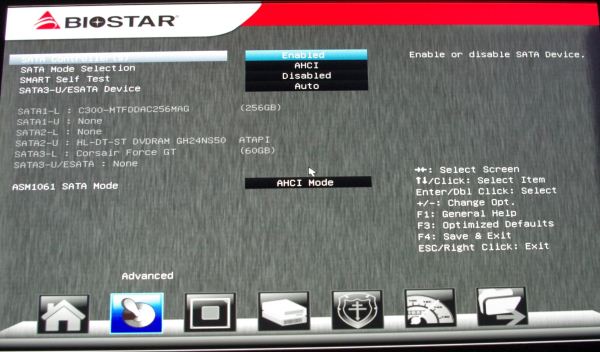
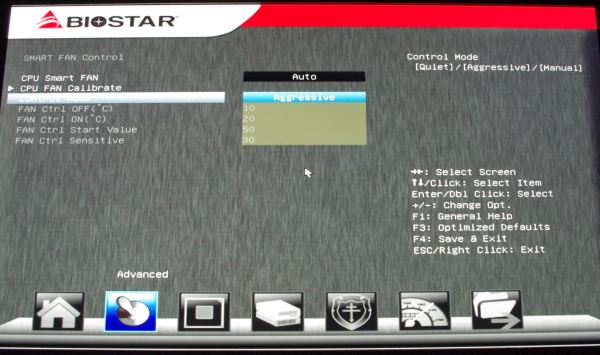
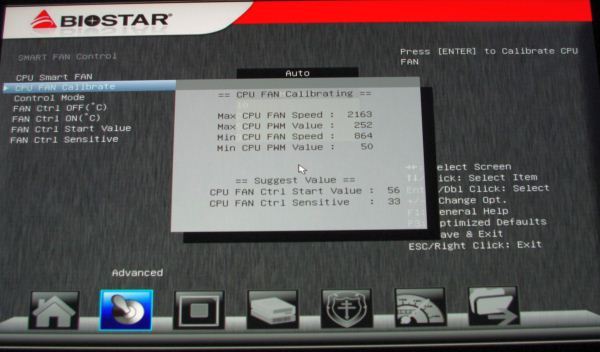
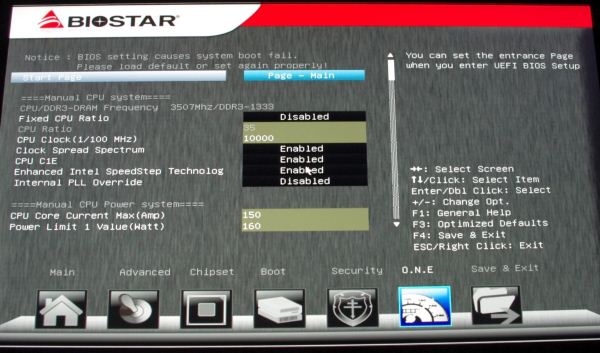
















28 Comments
View All Comments
pandemonium - Monday, July 23, 2012 - link
http://forums.anandtech.com/showthread.php?t=22297...If there wasn't anyone in the world that needed a PCI expansion slot, I highly doubt all the major manufacturers would continue to have them available on most of the boards produced today...
Grok42 - Wednesday, July 25, 2012 - link
Good link. So looks like sound card, video capture and network in order of most to least common. I would love it if Anandtech would perform a double blind listening test of discrete cards Vs. on board ones. Video capture cards are certainly a good use but aren't most HD quality ones PCI-E? Using either type of slot for network is odd outside of a very niche application.All that said, I think I would prefer to have at least one PCI-E 1x slot just in case something broke on the board so I could fix it with a cheap 1x NIC or sound card. I still can't think of *any* reason for two old PCI slots this board has.
Darth_Bob - Tuesday, July 24, 2012 - link
I may be the only Biostar fan here lol. Ive used them for my last 2 builds. Used to have a 775 with Q9550 - nice OC for about 2.5 years, never a hiccup, still have it. Currently have an i5 3770 on this same board. Never had bad luck, do just fine with overclocking. I've had much worse luck with other brands.It's nice to see them grace the good pages of Anandtech.
ggathagan - Tuesday, July 24, 2012 - link
Ian, I like generally your writing, but for the love of all that is good and grammatical, can you PLEASE spend more time on wrapping up loose ends?You have a habit of missing important parts of sentences.
Words like "not" and "can", while very short, have a lot of impact on your articles.
Under the "Visual Inspection" section:
"In terms of fan headers, Biostar have unfortunately put much effort in here, with only three to play with - a 4-pin CPU fan header to the top right of the socket, and two 3-pin at the south end of the board."
I'm thinking you meant something along the lines of ...Biostar have unfortunately not put much effort in here...
Last page:
"Motherboards can relatively straightforward and a joy to work with..."
How about: Motherboards can be relatively straightforward and a joy to work with...
Bios page:
"This so far has worked in all testing, albeit even with a hint of instability."
I can't tell if you mean there is a hint of instability or there is not.
This so far has worked in all testing, albeit with a hint of instability.
or
This so far has worked in all testing, without even a hint of instability.
I make these comments as constructive criticism.
Sweating the details is what separates good from mediocre writing.
IanCutress - Monday, July 30, 2012 - link
Please note that these articles to go through two pairs of eyes several times before posting. Writing 12k+ words a week isn't easy, especially if you consider 'variances of understanding'. As a Brit, I constantly have to ensure I do not use contractions, and that all my company names are singular, otherwise I get slammed in the comments for not being in an American style. If you see anything worthy of note that needs changing and wish me to change it, please email at ian [at] anandtech [dot] com.Ian
TuFur - Tuesday, July 24, 2012 - link
I don't know what is up with Biostar. I just returned a TA970XE motherboard because of instability. It started by recognizing my Phenom II 965 as a tri-core processor. Then it would only run two sticks of memory in the auxiliary memory sockets. My diamond 650 TV tuner wouldn't work with my amd 6850 video card. The clincher after a week with this board was it not recognizing my SSD boot drive consistently. And there is no bios update since 2/22/12 when the board was released. I traded it for an Asus M5A88-v-evo and haven't looked back. The new board installed without any problems and is fully functional with my SSD drive, TV tuner and 6850 card. I also saved $20 on an open box.jonjonjonj - Thursday, October 25, 2012 - link
i would never click a 'Install Everything' button to install garbage on a mb dvd. im going to go download each individual driver and make sure its the lastest one. so i know im only installing the ones i actually need. i like knowing exactly whats being install but thats just me. im anal about that stuff.vetu8 - Sunday, January 26, 2020 - link
thanks for this nice reviewhttps://faceforpc.com/